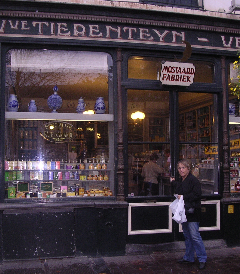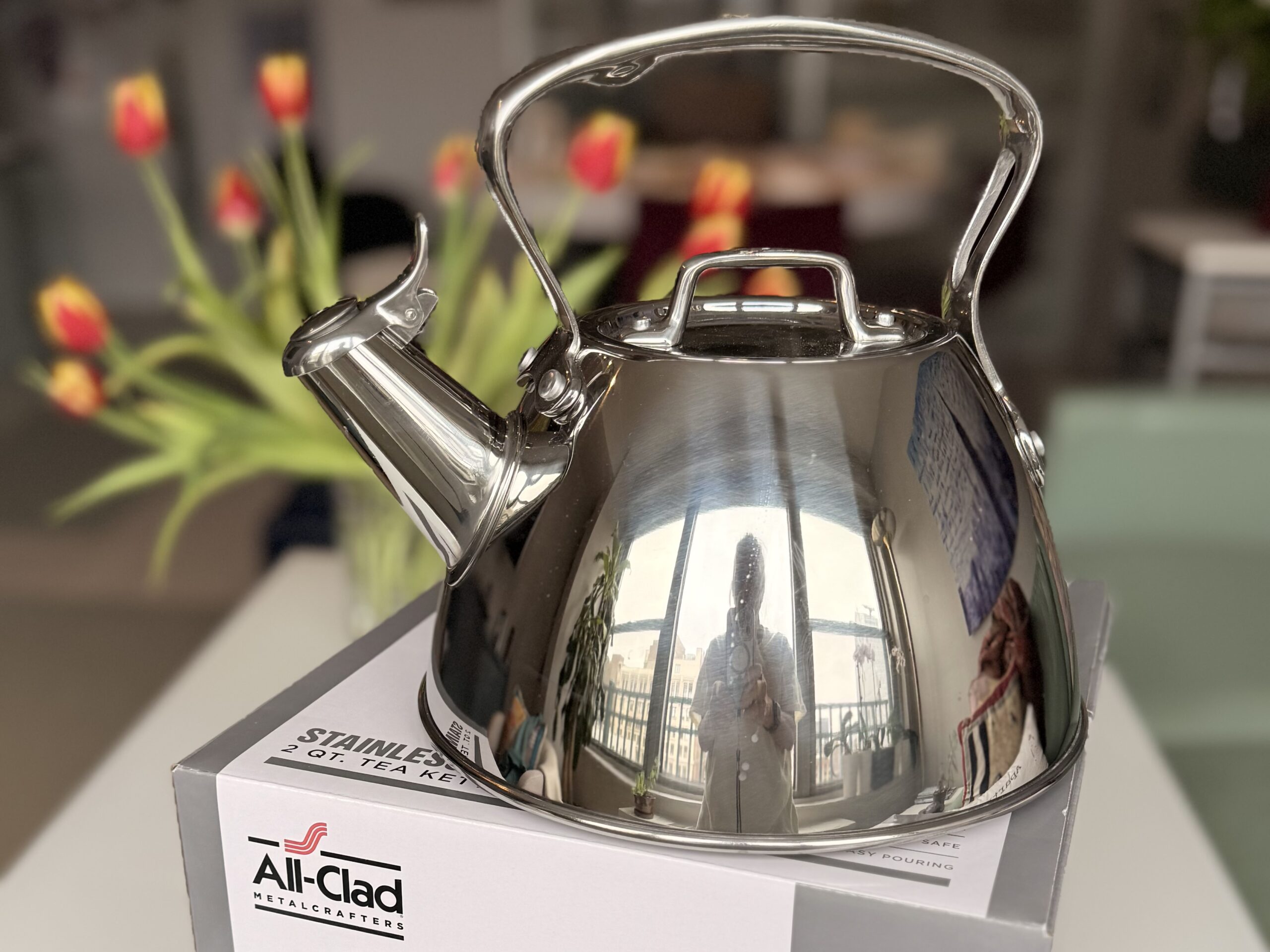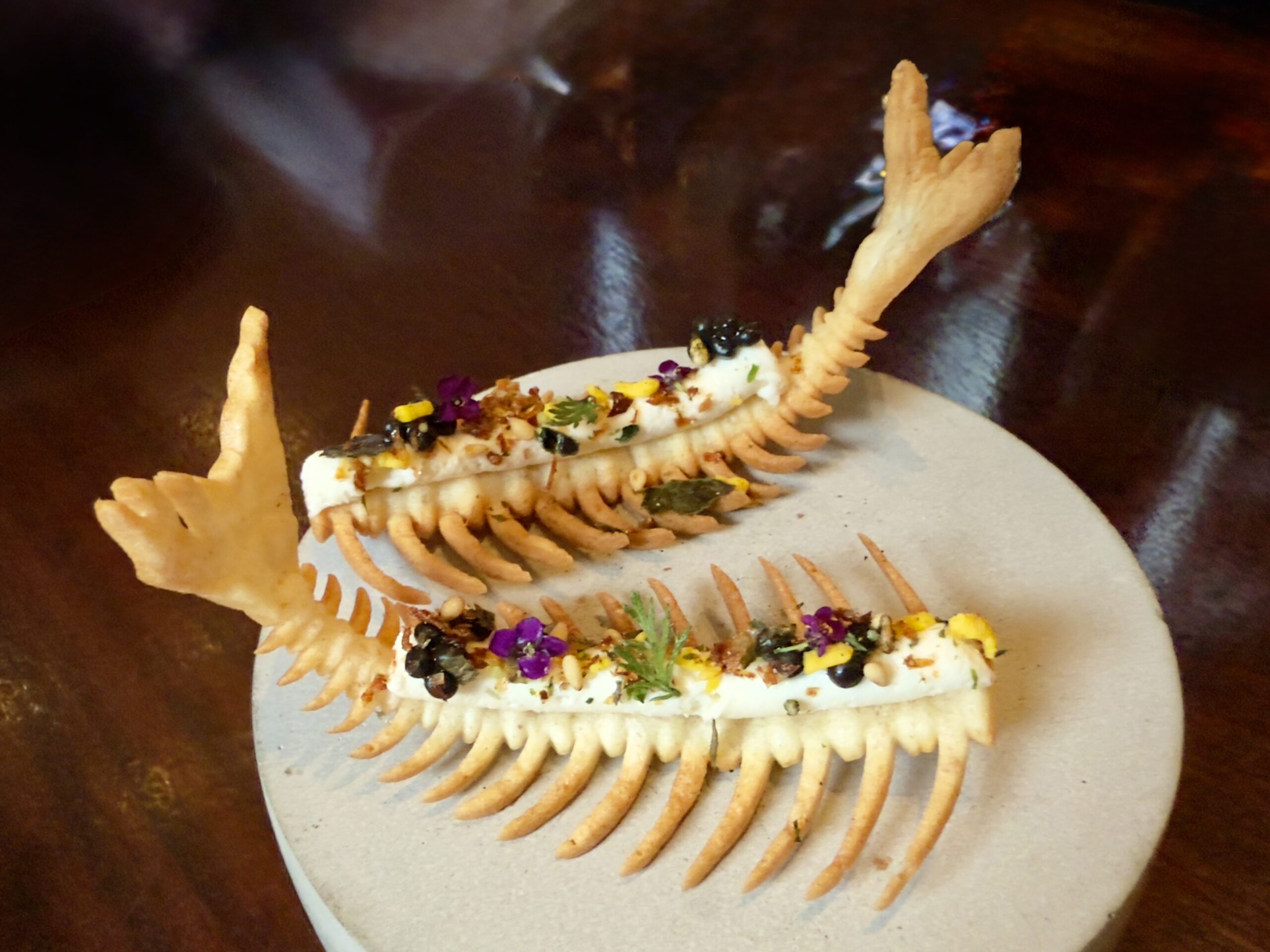Bonnie: “It’s the only place you can purchase this very special mustard,” explained my sister’s friend Hart as he asked me whether I’d like to take a drive with him to purchase it.
“Sure,” I said without asking any questions, as I was intrigued.
Hart and I were both houseguests at my sister’s home in Brussels during a cold and dreary February. I thought a short drive into downtown Brussels might be a fun — and interesting — outing. I’d recently driven downtown to Hart’s favorite chocolate shop: Mary’s. Our opinions on the best Belgium chocolates differ!
Once we entered the Inner Ring and I saw a sign for E40, I realized we were heading out of — not into — the city. Instead, we were heading to Ghent (also spelled Gent), about 30 miles from Brussels, to buy fresh mustard at a shop where they make it the same way they did in 1790 — from a mix of ground mustard seeds, vinegar and salt. Nothing else. The seeds are ground two or three times a week for each fresh batch of mustard, so when you purchase it, the mustard is never more than three days old.
“You’ll love how the shopkeeper lifts a ladleful high over her head and pours it into the jug without spilling a drop,” Hart explained as we were walking on the cobblestone streets through the village toward Yves Tierenteyn-Verlent.
And as almost on cue, the shopkeeper lifted her hand over her head and let the golden liquid fall into the jug. The traditional gray stoneware jugs are costly but worth the splurge (at least on the first visit) at €9.75 or more than $13.
The signature jugs — that carry both the year the shop opened for business (1790) and the company signature in royal blue — are made at La Roche Pottery Works in the Ardennes.
The mustard is only available in the shop, and with its perfect blend of tangy and sharp, is well worth the visit to Ghent. Especially when you know that’s where you’re going.
Bryan: I love the story of Yves Tierenteyn-Verlent. It is a story of culinary romance, dedication, history and craftsmanship. Of food as art, as tradition, as a representation of a people and a place. The simple story of this mustard is a powerful reminder of what pieces of ourselves we choose to maintain as a society.
Modern Europe is formed from the cultural patchwork of thousands of cities, towns and villages spread across a number of languages and locations. With such diversity of backgrounds and geography, regional fare abounds in astonishing ways. European cuisine continues to maintain a strong relationship with the specific local ingredients and traditions of each corner of the continent, with variations on traditional dishes as plentiful as the number of chefs at the task.
At first glance, it seems that smoked whitefish from Norway has little in common with salted pork from Spain or chilled caviar from Russia. What comparison can be really drawn between French Brie, Dutch Edam and Italian Mozzarella? Though it seems we are comparing apples to oranges, we are not — and these 
products start to seem more related when you ask a different question: What’s the difference between my ballpark mustard and Yves Tierenteyn-Verlent?
Though all the meats and cheeses mentioned are as different as can be, they are all basically the same: They are art. And though you might think mustard is simply mustard, it is not. And in juxtaposing the two types as I have, we have essentially compared a poster of the Mona Lisa to the actual painting. So what is the difference? I think you know….
Traditions are made to be broken and civilization continues to show this to us. Though change is a constant, and it should be, we all choose to hold on to certain aspects of our past. It is our culinary traditions that I am most delighted to see carried forward and I will always support the continued artistry and creation of quality foods. I assure you that anybody making the trip to Ghent — a wonderfully beautiful city, by the way — will never look at mustard the same way again. If you just can’t make that trip to Belgium at the moment, I also assure you that you’d be surprised at how many foods there are in your local community that are also worth that extra effort. Get out there and find good food! Remember, you are what you eat.
Eric: There are a few condiments that I can easily live without: relish, BBQ-sauce and mustard. I’m sure there are others in my fridge that will never see the light of day, but these three, in particular, will never even see the inside of my fridge. There are a few tastes that just don’t agree with you (and if you love the taste of everything, then you haven’t tried enough). I will gladly eat just about anything, but mustard seed is one of those tastes that never satisfy my palette. As a cook, I blend mustard with a variety of sauces and foods, but on its own, it’s a pungent, tangy, what-the-hell-is-that, taste.
As you can sense, I am not an avid mustard eater. But that doesn’t stop me from advocating that people eat the best versions of the foods — and condiments — they enjoy. Like most foods out there, mustard is created in a variety of ways – but to my understanding, the best comes from Ghent – a storybook city in the west of Belgium. If you’re a mustard enthusiast, then this is the Holy Grail. As stated by a friend, “This is what God uses on his ham sandwich!”
Yves Tierenteyn-Verlent
3, Groentenmarkt
9000 Ghent, Belgium






I received a gift of this fantastic mustard from Bonnie when she returned from one of her many trips to Brussels. It was excellent, not to mention timely, as she gave it to me right before St. Patty’s Day. Great with corned beef! (Yes, this is a hint for more!)
Seems another trip to Brussels, with a side trip to Ghent, is in order!
love to go to Brussels
If you love food, you’ll love Brussels. Do go.
Happy Fourth!
Do the trip…sounds greast. Bring back some mustard.
LOVE the mustard!
I would give whatever it take just to be the winner of this fantastic adventure
IS there ANYWHERE in the US that I can find this Yves Tierenteyn-Verlent Fresh Mustard from Ghent, Belgium
. If not, how can I order it directly from the store.
As far as I know, the mustard it still only available in the shop. Have you ever considered a vacation in Belgium?
Amazing, I can’t wait to go. After reading all that I don’t think that’s mustard in my pants!